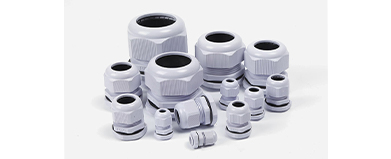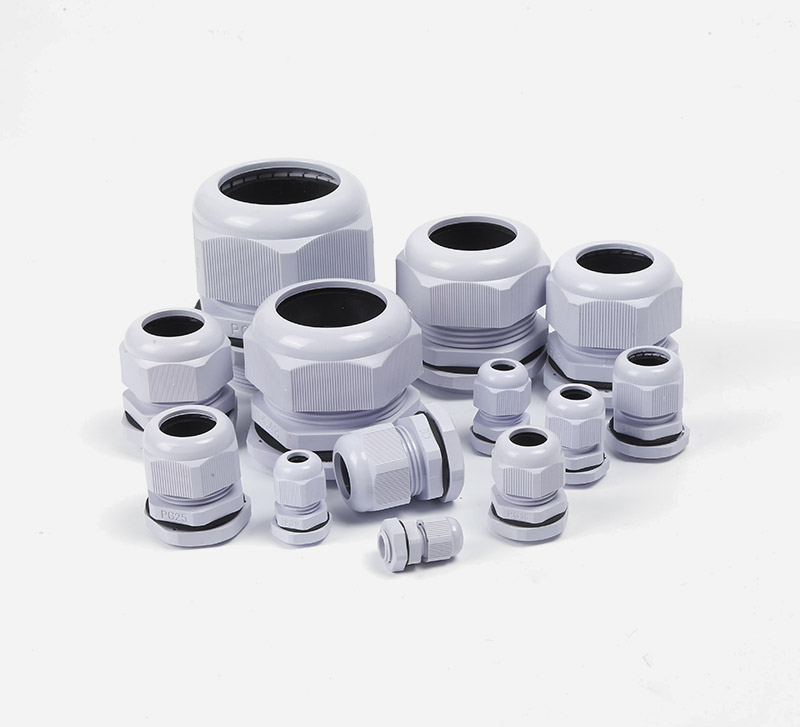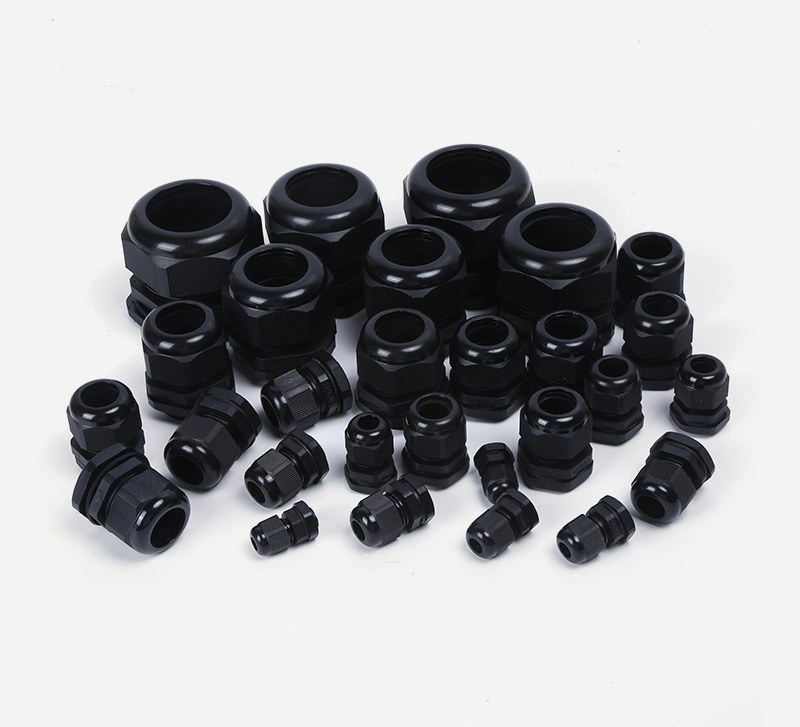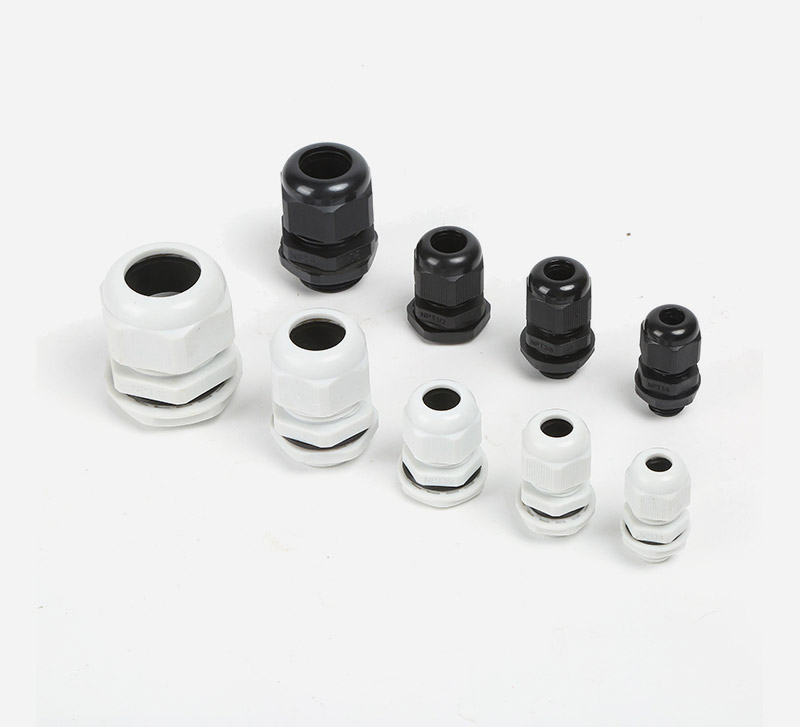From Raw Brass to Finished Product: Steps in Cable Gland Manufacturing
In the intricate ecosystem of electrical infrastructure, cable glands stand as unsung heroes—small yet indispensable components that secure, seal, and protect cable connections across industrial, marine, and commercial settings. For metal cable glands, particularly those crafted from brass and stainless steel, the journey from raw material to a precision-engineered product is a testament to precision, technology, and uncompromising quality. Let’s unveil the step-by-step manufacturing process that transforms raw brass and stainless steel into reliable cable glands.
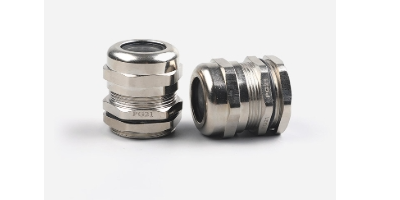
Step 1: Sourcing and Selecting Premium Raw Materials
The foundation of a high-performance cable gland lies in its raw materials. For brass cable glands, manufacturers source high-grade brass alloys—typically H62 or H65 (copper-zinc alloys)—chosen for their optimal balance of machinability, corrosion resistance, and mechanical strength. These alloys ensure the gland can withstand vibrations, temperature fluctuations, and environmental stressors.
For stainless steel cable glands, 316-grade stainless steel is the gold standard. Its high chromium and nickel content, combined with molybdenum, delivers superior resistance to saltwater, chemicals, and extreme weather—making it ideal for marine, offshore, and industrial applications where durability is non-negotiable.
Raw materials undergo rigorous testing for purity and consistency, with samples analyzed for alloy composition to meet international standards (such as DIN, ISO, or NEMA).
Step 2: Precision Casting or Forging
Once validated, raw brass and stainless steel are shaped into rough blanks through either casting or forging:
Casting: For complex gland designs with intricate threads or cavities, manufacturers use sand casting or investment casting. Molten brass or stainless steel is poured into precision molds, allowing for detailed shapes to form as the metal cools and solidifies. This method is efficient for producing large volumes with consistent dimensions.
Forging: For glands requiring enhanced strength (e.g., heavy-duty industrial models), hot forging is employed. Raw metal is heated to high temperatures and pressed into dies under extreme pressure, aligning the metal’s grain structure to boost tensile strength and resistance to wear. Forged glands excel in high-vibration environments like manufacturing plants or heavy machinery.
Step 3: Machining and Shaping
The rough blanks then move to CNC (Computer Numerical Control) machining centers—the heart of precision manufacturing. Here, automated tools carve, drill, and thread the blanks into the gland’s final form:
Turning and Milling: CNC lathes spin the blank while cutting tools shape the outer diameter, inner bore, and sealing surfaces, ensuring tight tolerances (often within ±0.01mm) for a perfect fit with cables and equipment enclosures.
Threading: Critical for secure installation, threads (metric, NPT, or PG) are precision-cut using CNC tapping machines. These threads must align flawlessly with industry standards to prevent leaks and ensure a snug seal.
Drilling and Slotting: Additional features, such as cable entry holes, clamping slots, or grooves for O-rings, are added to accommodate sealing elements and cable clamping mechanisms.
Step 4: Surface Treatment for Durability and Corrosion Resistance
To enhance performance and longevity, metal cable glands undergo specialized surface treatments:
Brass Glands: After machining, brass glands are often nickel-plated or chrome-plated. This layer acts as a barrier against oxidation, preventing tarnishing and corrosion—especially in humid or industrial environments. Some glands also receive a passivation treatment to further boost chemical resistance.
Stainless Steel Glands: While stainless steel is naturally corrosion-resistant, a passivation process (using nitric acid) removes free iron from the surface, strengthening the protective chromium oxide layer. This step ensures long-term resistance to rust, even in saltwater or chemical-rich settings.
Step 5: Integration of Sealing and Clamping Components
A cable gland’s functionality hinges on its ability to seal and clamp. In this step, manufacturers integrate critical auxiliary components:
Sealing Elements: Rubber O-rings (EPDM, silicone, or nitrile) are fitted into grooves machined into the gland. These elastomers compress when the gland is tightened, creating a watertight, dustproof seal that meets IP66, IP68, or even NEMA 4X standards.
Clamping Mechanisms: Metal or nylon clamping rings are added to secure the cable, preventing axial movement or pull-out. For heavy-duty glands, these rings are precision-machined to match the gland’s inner bore, ensuring uniform pressure across the cable jacket.

Step 6: Quality Testing and Inspection
No cable gland leaves the factory without rigorous testing. Each unit undergoes:
Dimensional Checks: Using coordinate measuring machines (CMMs), inspectors verify that threads, bores, and sealing surfaces meet exact specifications.
Pressure and Leak Testing: Glands are subjected to air or water pressure tests to confirm their sealing integrity—critical for marine or hazardous area applications.
Mechanical Stress Tests: Samples are tested for tensile strength, vibration resistance, and temperature endurance (from -40°C to 120°C) to ensure they perform under extreme conditions.
Step 7: Packaging and Certification
Finally, approved cable glands are packaged in anti-corrosion materials (such as plastic trays or moisture-resistant bags) to protect them during shipping. Each batch is accompanied by certification documents, including material test reports (MTRs), compliance with international standards (e.g., ATEX for explosive environments, UL for North America), and traceability codes for quality tracking.
The Result: A Gland Built to Perform
From raw brass or stainless steel to a finished cable gland, every step is engineered to deliver reliability. Whether securing cables in a factory’s control panel, sealing connections on an offshore rig, or protecting wiring in a commercial building, these precision-made components ensure safety, durability, and peace of mind.
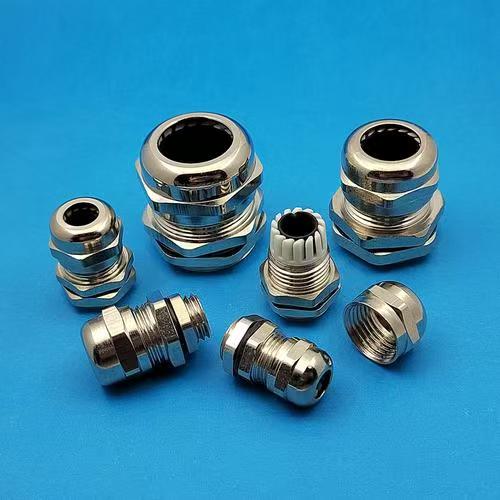
In a world where electrical systems demand unwavering performance, the manufacturing process behind metal cable glands is more than a sequence of steps—it’s a commitment to excellence.




